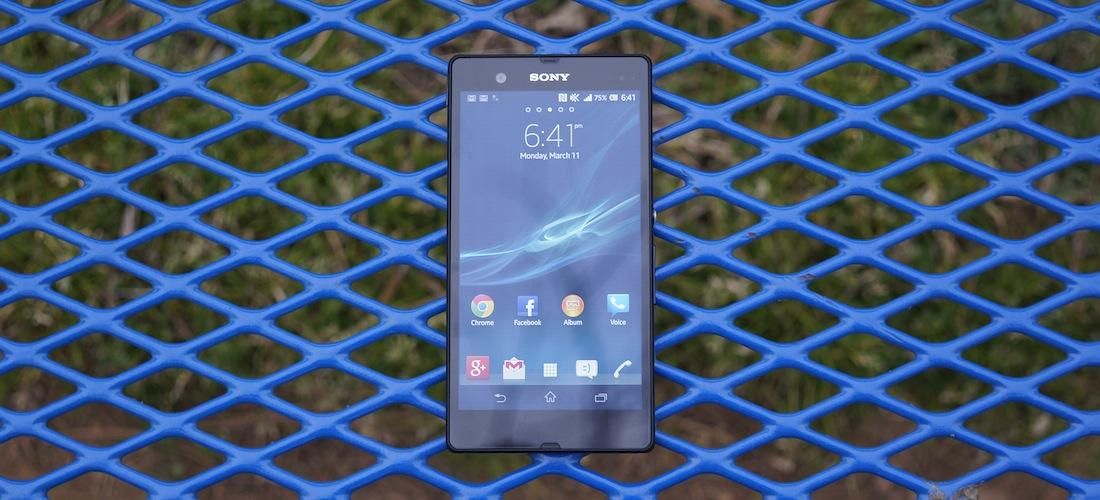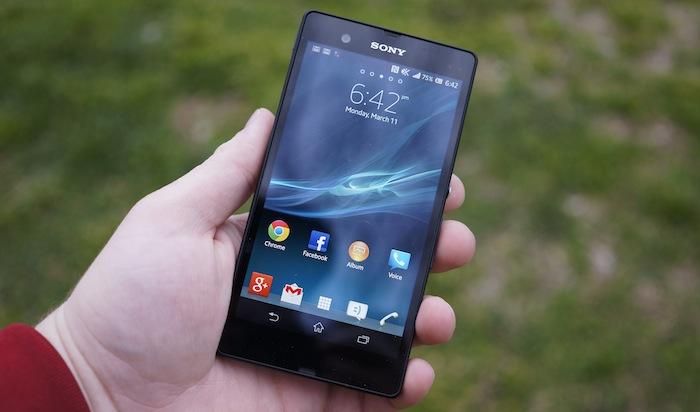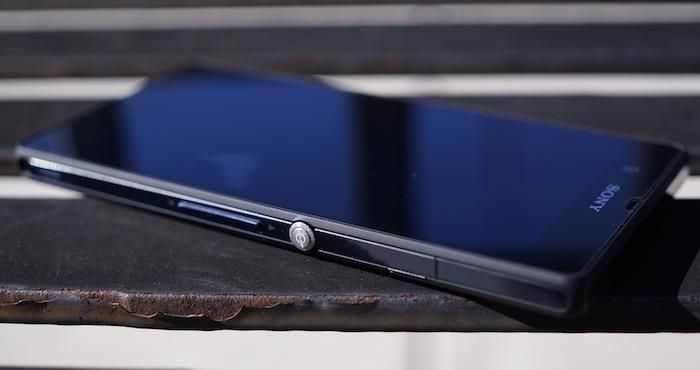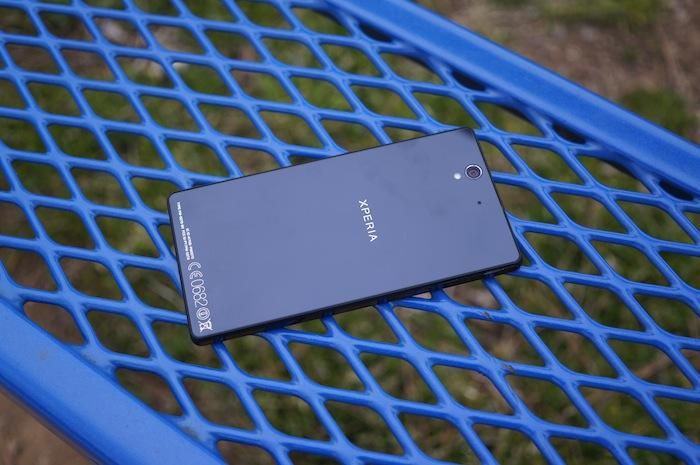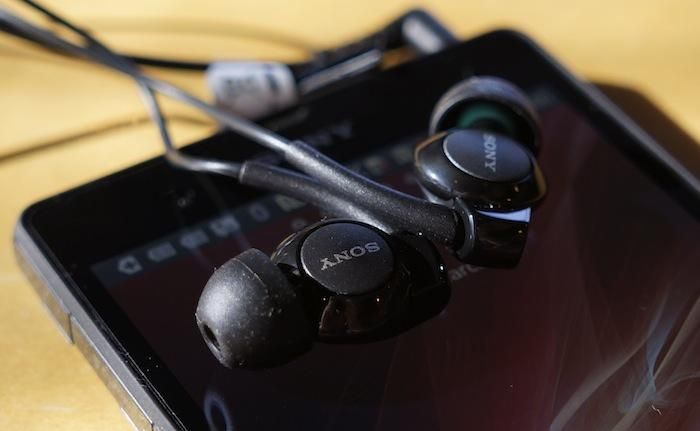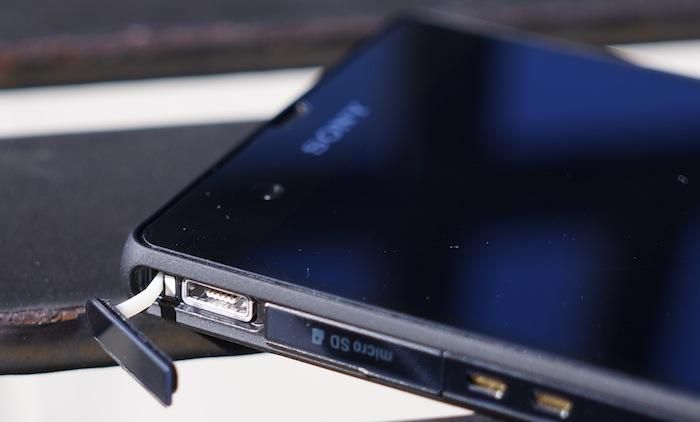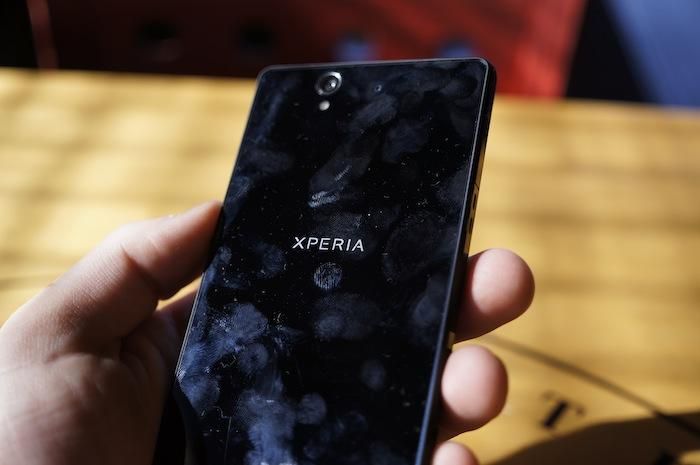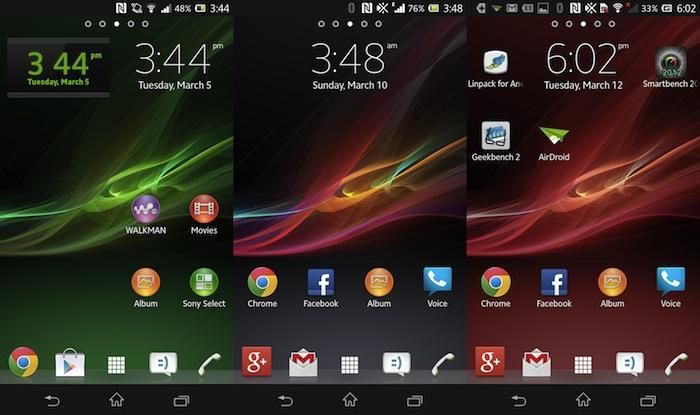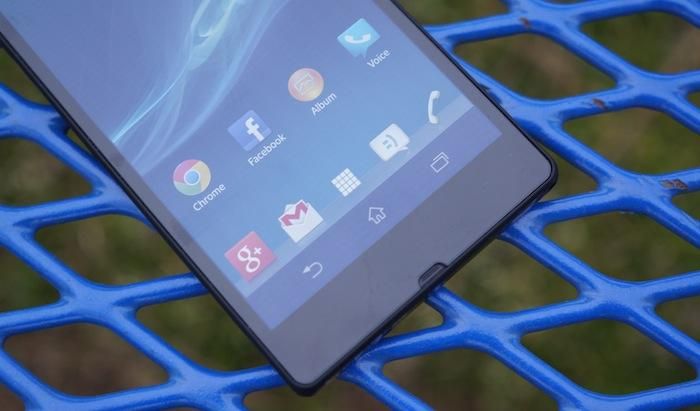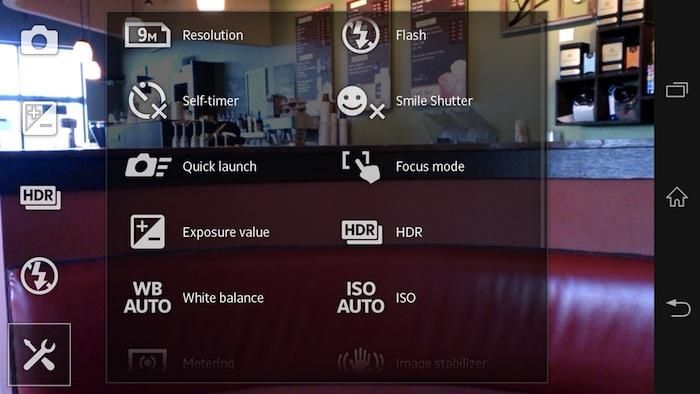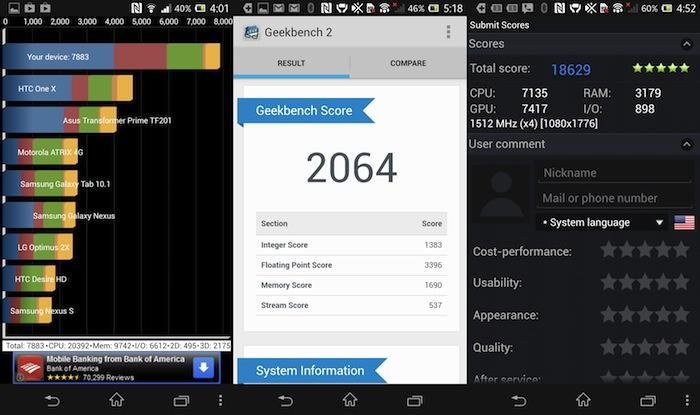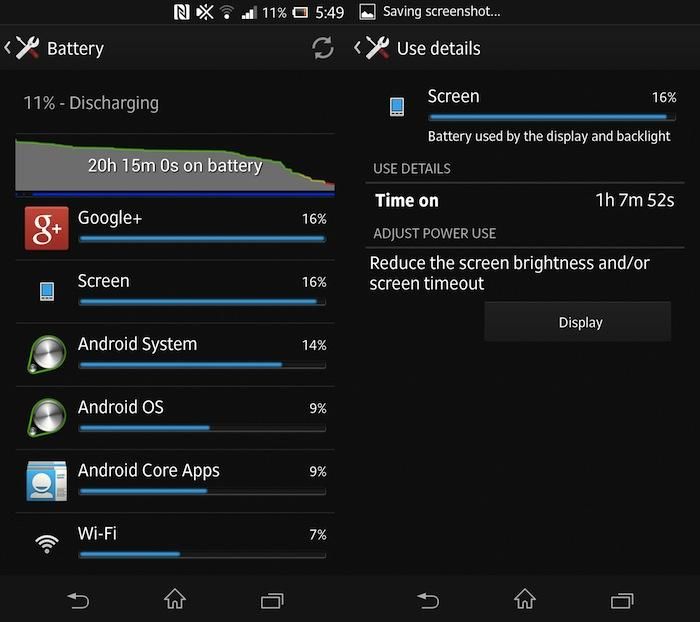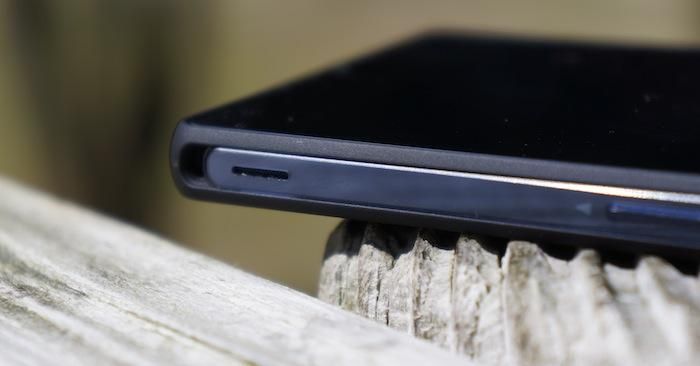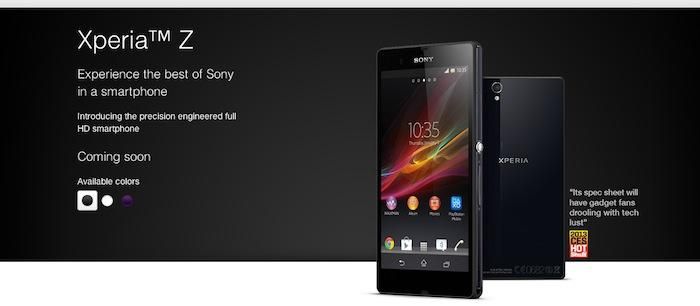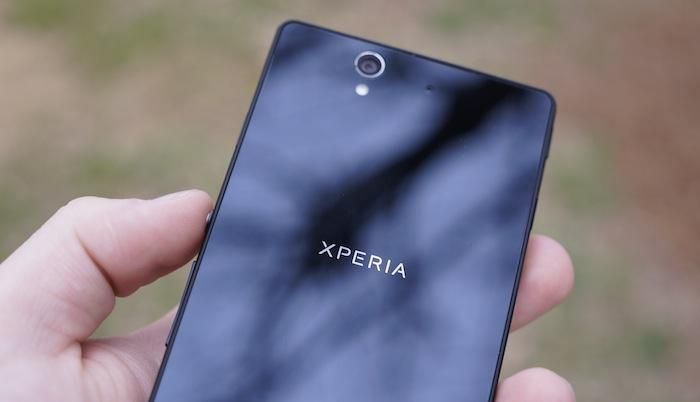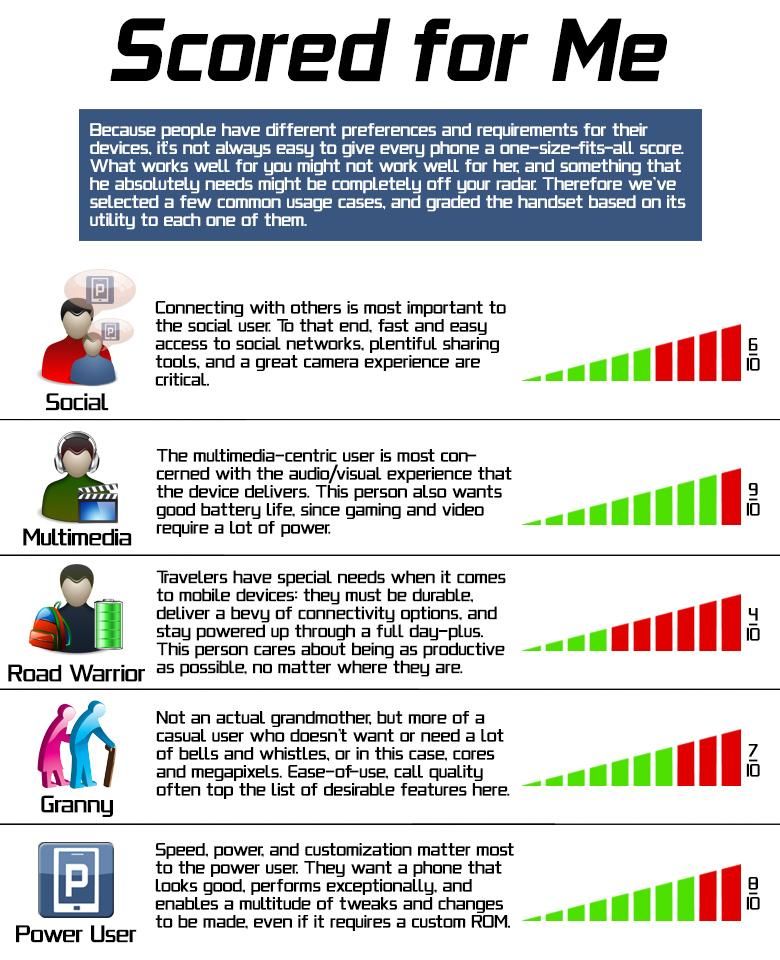Sony is on what would appear to be an upswing. After numerous attempts to break into the smartphone market and bring unique – albeit some quite strange – devices to the market, the Japanese manufacturer saw a glimmer of success in the wake of plummeting HTC profits and the slow decline of the company formerly known as Research In Motion, BlackBerry.
The waning of its larger counterparts landed Sony a spot in the top three smartphone manufacturers for Q3 2012. With 8.8 million smartphones shipped in the quarter, Sony found itself in the top five for the first time since 2006, though the market share gap between second (Apple with 15.5 percent) and third (Sony 5.1 percent) is a comparatively large spread. Any bounce back from HTC and BlackBerry, both of which have highly-anticipated products either already available or soon to be available, will send Sony back down to irrelevancy.
Sony knows this, and hit the ground running in 2013, announcing two of the most notable smartphones at the Consumer Electronics Show in January, the Xperia Z and Xperia ZL. The Xperia Z is the more premium of the two, a fine example of world class engineering and unmistakable Sony design.
The device's hard edges are bold, the metallic trim around the outside gives it personality, and its spec sheet rivals every other high-end smartphone either out or on the horizon. Is it enough to keep Sony's slowly-building momentum going? Will it take from the likes of the most highly-anticipated devices, such as the Galaxy S IV or HTC One? Read on for our full review.
Video Review
Specs
Without question, the most notable feature found on the Xperia Z is its resistance to the elements. It is rated at IP55 and IP57 for dust- and water-resistance, meaning you could dunk your phone in a toilet and not realize it until 30 minutes later, and, assuming you closed the covers over the ports and slots beforehand, it would be completely unharmed. No amount of dust should harm this edgy smartphone either, but more on that later.
The display is an aspect of this phone that warrants a lengthy explanation. Like many other manufacturers, Sony opted for a 5-inch 1080p display in its flagship models. A 5-inch panel at a resolution of 1,920 by 1,080 pixels amounts to roughly 443 pixels per inch. Notice, however, this device has no physical or capacitive buttons. This means some of those precious pixels, some of that all-too-important real estate is taken up by navigational buttons. Sure, they slip off-screen during video playback and while viewing pictures, and they return with a simple tap anywhere on the screen. But on a device without on-screen buttons, you're going to get more room to play games, browse the Web, flip between home screens and virtually everything else.
Having its two million pixels diluted by on-screen navigational buttons isn't this display's only issue, unfortunately. This isn't the same panel we loved on the HTC DROID DNA; it isn't the S-LCD3 panel from Sharp. It's a TFT panel that comes with a handful of shortcomings. The pixel density, clarity and color reproduction are great, though it's worth mentioning Sony's Mobile Bravia Engine 2 will add Super AMOLED-like saturation to pictures and videos automatically. You can even see it activate; open a picture and for a split-second, it will be its natural color … then POP. The Mobile Bravia Engine 2 kicks-in and the colors are instantly more vivid. Unfortunately, this doesn't make up for the lack of contrast in the panel. Side by side with the iPhone 5, Galaxy S III, and even the Nexus 4 proved that this TFT panel has issues producing inky blacks. Pitch black translates to a milky gray on the Xperia Z.
The other problem with the panel is viewing angles. So long as you look at the device straight-on, the panel looks alright. No individual pixels are discernible to the naked eye and colors are either accurate or saturated, depending on user preference. But as soon as you tilt the device in any direction, the display immediately washes out. Maybe it's the mineral glass on the front, or anti-glare laminate. Either way, the display on the Xperia Z is among the worst of the 1080p panels we've seen, especially compared to the S-LCD3 panel on the DROID DNA or HTC One.
Under the hood, the Xperia Z boasts a 1.5GHz quad-core Snapdragon S4 Pro chipset and 2GB of RAM. Inbuilt storage is limited to only 16GB, but the microSD card slot allows for expansion of up to 32GB. Around back, the Xperia Z also touts a hearty 13.1-megapixel camera which offers 1080p video recording and HDR video. The front-facing shooter is 2.2 megapixels and also records video at 1080p.
And keeping everything running is a 2,330mAh battery sandwiched between the two slabs of glass, meaning it's there to stay. Sorry, folks, no spare batteries will stop the dreaded low battery warnings.
Hardware
The design principle of the Xperia Z is blatantly conflicted. Its IP55 and IP57 dust-proofing and water-proofing seem to allude to this device being built to last, that it's all about durability. Yet it's another glass sandwich – Dragontrail glass on the front and Gorilla Glass on the rear. These chemically hardened glass materials certainly stave scratches and small nicks, but all too often we still see glass phones shatter. The glass on the rear, after a week of babying the phone, started to show signs of small, hairline scratches.
Make no mistake, though. Sony has engineered a fine specimen. The long, flat surfaces and sharp corners lend a svelte yet bold look to the device. It's elegant and reeks of precision. At 7.9mm, it is remarkably thin, and at 146g, it is just weighty enough to feel substantial without over-encumbering your pockets.
Its stature, however, is another thing. Unlike many other 5-inch phones, the Xperia Z has no tapered edges. This makes the device itself feel quite large in the hand when compared to the comparable-sized DROID DNA.
The Xperia Z comes in three colors: black, white or purple. Though, the front of every model is solid black; only the matte finished plastic around the edges, the metallic veneer along the sides, and the back panel differ in color. A little Easter egg inside the box is a pair of fairly high-quality earbuds, MH-EX300APs, which retail for around $80.
Being water- and dust-resistant, all of the device's ports and slots are hidden beneath removable doors with water-tight seals. The doors – one on the top right corner for 3.5mm headphone jack, two on the upper left edge for micro USB and microSD, and one near the upper right edge for the micro SIM slot – all have a tiny lifted edge for easy removal and a short rubber tether to move the door out of the way for access.
There are three caveats with the Xperia Z's hardware: button placement, the speaker size and placement, and that this thing is a serious finger print magnet. See for yourself.
On a device as large as the Xperia Z, one-handed use is already quite tricky. Throw in unusual button placement, and the situation gets even trickier. The power button is just above the middle point on the right edge, meaning if you hold the device with your right hand, it sits at about the base of your thumb, which also puts the volume rocker around where your palm rests. If you switch over to your left hand, the power button rests beneath your middle finger, while the volume rocker is accessible by your ring finger. Trust us, adjusting volume with your ring finger is not exactly easy – it takes practice and feels all sorts of wrong.
The speaker is on the right edge at the bottom. When holding the device in portrait, it usually stays out of the way. But switching to landscape for video or gameplay, you may find yourself constantly needing to readjust your grip and the way you hold the phone to avoid completely covering the speaker up, which can be done with a single finger.
UI
The Xperia Z comes pre-installed with Android 4.1.2 beneath Sony's rather lightweight custom interface.
Previous versions of Sony's custom UI were overbearing, made performance clunky and rendered timely updates from Sony all but impossible. But this version is more about subtle hints while leaving most of the best features of the stock Jelly Bean interface intact. Thanks to the on-screen navigational buttons, Google Now is accessed just as it is on a Nexus device, by a simple swipe upward from the Home button. The Recent Apps button, while the actual look of the feature is slightly different, performs just as the stock version. And the Settings application is nearly untouched.
Not all the tiny differences will immediately jump out at you; I slowly discovered them as I used the device more and more. One, for example, is how widgets are added to the home screens. Instead of navigating to the application drawer and selecting from the Widgets, you must long-press on an empty space in the home screen to add a widget. And this method is oddly reminiscent of the old method used by Samsung – long-pressing the home screen reveals a tray of widgets, applications and quick access to changing the wallpaper. And when adding an app or widget, other items already on the home screen do not rearrange or automatically make room for new items such as they do in stock Jelly Bean.
Sony's UI also includes a lightweight theming engine, wherein the user can alter the accent color of the interface. Theme selections are: Silk, XPERIA, Sapphire, Emerald, Amber, Ruby, Amethyst and Quartz. Selecting one of these will change the text colors and other elements in widgets, the settings toggles in the notification shade and other interface elements system-wide.
Within Settings, there are a handful of connectivity settings, which allow the user to mirror their smartphone display on their television or "Throw" content to their television (not entirely unlike how the Nexus Q).
The most standout software feature, however, is found by pressing the Recent Apps button. A dock with just five applications will appear beneath the vertical list of Recent Apps. These icons represent "small apps" that will float freely atop whatever application is currently running, whether it be the home screen, a video, or even a game, though I'm not entirely sure that would be beneficial to your scores and progress. The standard small apps lists consists of: Calculator, Timer, Notes, Voice Recorder and Camera. By dragging this dock to the left, a plus sign is unveiled, which allows the user to download more from the Play Store. While a neat idea, this isn't the first we've seen of these so-called small apps. Samsung introduced Popup Browser and Popup Video, and there is an increasing number of free floating applications to be downloaded from the Play Store that don't require a Sony device. Also, the functionality of these small apps is quite limited. No less, having them just two presses away, from within any application, is a nice plus.
Sony includes its own Xperia keyboard. It incorporates the now-standard gesture typing, but greatly differs from the stock Android keyboard. In swiping out words, it proved to be fairly accurate, but adding punctuation is more laborious than on other, similar keyboards. This is one area we feel Sony could have left the software alone – Google's stock Android keyboard is one of the best around. Unfortunately, there is no option to switch back to the standard keyboard.
Overall, the software is relatively pleasing to use. If you're a fan of other Sony products, such as a Bravia television or PS3, you'll feel at home on the operating system – the color schemes and icons are quite similar. And even if you're not, the software is one of the most modest of all the manufacturers' custom interfaces.
Camera
A high point for the Xperia Z is its image sensor. Although the 13.1-megapixel sensor doesn't translate directly to a better pictures than all its 8-megapixel foes, the Xperia Z's camera is quite impressive.
First, the software. The Xperia Z's camera application is among the most well-rounded and feature-packed, at least in terms of software. The typical ability to choose output resolution is present, as well as exposure controls, ISO settings, white balance control, metering, image stabilization, the ability to toggle touch to capture (versus touch to focus) and a smile shutter. It also comes with HDR mode in both video and photo capture. You can also choose between burst mode, panorama, 17 different scenes, a number of filters (or Picture effects) and Superior Auto mode. The only negative comments we have in terms of the software features is how convoluted they can become, and how clunky they can be to navigate, particularly for camera novices.
The actual output from the camera, though, is quite impressive. Color reproduction was strikingly accurate, and auto exposure managed not to over-expose and blow-out whites like many other mobile cameras tend to do. At a 100% crop, images taken with the Xperia Z camera were lacking some detail, especially compared with a similarly-framed shot with the iPhone 5. Edges lacked proper detail, but it certainly holds its own in the sea of Android phones with paltry image sensors. Demonstrated above, not every shot was spectacular. Some turned out milky and washed out. And low-light performance was definitely not the best we've seen. But in the week we spent with the Xperia Z, we managed to snap some pretty impressive photos… for a smartphone.
This camera particularly shines in video capture. The 1080p video capture was crisp and produced exceptional colors. The problem, however, is the stabilization software. It attempts to keep the video more stable when shooting a relatively fixed frame, and even when walking. But it causes problems when you need to pan, making the video seem jumpy to jittery, and sometimes slight hand movements make the image distort. Audio quality is particularly impressive, as well. The HDR video capture mode proved somewhat helpful when the scene had both bright light and dark areas, but don't expect as drastic results as you would get with HDR in standard photo capture mode.
The unfortunate difference between this model and its brother, the Xperia ZL, is that this version does not come with a physical shutter button. It does have a shortcut slider from the lock screen, but from both the lock screen and the app drawer, the camera application is continually slow to load. There is sometimes a second to two-second latency between tapping the icon and being able to take a photo – a terrible oversight in light of other manufacturers focusing so much on camera access speed.
The front-facing shooter is about as good as you can expect of a 2.2-megapixel camera. Images are noisy, lack saturation and, of course, lack detail. But it should suffice for video calls and the like.
Performance
The Xperia Z chewed synthetic benchmarks up and spit them out.
Despite having Android 4.1.2 on board with Project Butter, which should smooth out performance kinks, the Xperia Z has the tendency to stutter and skip. Fortunately, this only happens on occasion. We're more prone to believing this is a lack of software optimization, or customizations made by Sony that counteract or overlap the effects of Project Butter's triple buffering, touch responsiveness, and VSync, versus a lack of power. Plenty of other smartphones with similar specs perform just fine with the S4 Pro chip.
Aside from the occasional hiccup, the Xperia Z performs quite well. Graphic-intensive games played smoothly with no visual stuttering. And video playback was buttery smooth. Websites load and render quickly (over Wi-Fi, more on connectivity below), and the fastest pinch-zooming and scrolling didn't seem to bog down the stock Chrome browser.
Something worth mentioning: like any smartphone, when using heavily, the Xperia Z heats up rather quickly. But a time or two during our time with the phone, it reached temperatures that were a bit uncomfortable to the touch.
Battery Life
Battery life is a tricky subject with our Xperia Z unit. Stuck on EDGE for the length of the review period, it's hard to say exactly how battery life will perform when this device is utilizing 3G, HSPA+ or LTE. Keep in mind that your usage may greatly vary.
The 2,330mAh battery, we thought, would be enough to last an entire day. And it did, so long as the display wasn't on for long. We averaged between 20 and 26 hours on battery power before needing to plug in to charge again. Screen-on times ranged from just over an hour to no more than two hours. Paltry, when you consider this was on EDGE.
Battery life may be poor in standard usage, but where the Xperia Z excels is in standby time. One of its power management features is called Stamina mode. Enabling this disables the data connection when the display is turned off – the same premise as Juice Defender and the numerous applications that stave the terrible battery drain from standby. The one benefit to this mode is the ability to whitelist some applications, so they can still operate in the background.
Point being, if you don't need realtime updates and notifications when your display is off, this phone's stamina is more than acceptable. Projected standby time ranges in terms of days. But if you're like us and need to be always-connected, the effects of Stamina mode aren't nearly as significant.
Call Quality/Network Performance
Take note, there are multiple versions of the Xperia Z, and supported bands vary by market. The review unit we received from Clove supported UMTS bands 1, 5 and 8 – bands that are not supported by AT&T in our testing area. For the length of the review, it was limited to EDGE and GPRS. As noted earlier, this affects battery life.
It also affects data. Using EDGE was an unfortunate trip down memory lane, where data speeds are measured in kbps instead of Mbps and Twitter takes several minutes to refresh. I want to reiterate: make sure you purchase the correct model for your market.
We did, however, take the time to place several calls. And although the earpiece speaker sounds a tad muffled, the volume is surprisingly loud. We had no trouble placing a call in a noisy coffee shop and hearing callers over the barrage of noisy coffee grinder and blenders. The Xperia Z leaves much to be desired for the speakerphone, however. Even though the audio is relatively loud for media playback and gaming, the loudspeaker proved insufficiently loud for placing calls in noisy environments. Not to mention, it made callers sound both muffled and robotic.
Pros
- Top notch build quality
- Water-resistant and and dust-proof
- Great camera
- Near-stock Android experience
- Stamina mode fights battery drain in exchange for background data
- Includes premium headphones
Cons
- Some intermittent lag
- Non-removable battery with mediocre stamina
- Poor button placement
- Relatively easy to scratch
Pricing and Availability
The Xperia Z launched globally at the end of February and the beginning of March on a wide range of carriers. Individual pricing, as well as terms, vary, but the no-contract pricing begins at around £415 (or roughly $618 USD).
No major U.S. carriers have officially picked the device up, although it is listed as "Coming Soon" on its U.S. product page on Sony's mobile site. For those not interested in waiting, the Xperia Z is compatible with U.S. bands and can be imported from a number of sources. Just be prepared to pay upwards of $700 with VAT.
Conclusion
Sony's desire was to portray the best Sony experience in a smartphone with its two latest Xperia models. The Xperia Z and its next of kin have certainly turned heads since the initial unveiling at CES. And after a week with the device, we found the Xperia Z, specifically, shows that Sony means business, even if it didn't knock this one out of the park.
The display, while meant to be a standout feature, is hardly the best 5-inch 1080p display we've seen. Water-resistance and dust-proofing only mean so much on a device that's twice as susceptible to shattering. And Sony needs to spend some time researching ergonomics. Even if all 5-inch phones are unwieldy to use one-handed, the button placement on the Xperia Z is extremely awkward and difficult to use without a second hand.
In all, the Xperia Z exceeded many of our expectations. And despite a few imperfections, it's a device we could see holding its own among the 2013 flagships. Whether or not it's the device for you depends on a number of factors. If you're after a high-end smartphone that's great for gaming and multimedia playback, has a camera that will rival some of the best and can withstand the elements, the Xperia Z should be among your top choices. If you're looking for a smartphone with excellent battery life, the best 5-inch display and a bevy of on-board software features, this isn't the phone for you.
One thing is certain: Sony has come a long way from its Ericsson days with the Xperia X10. If the Xperia Z is any indication, Sony will be the company we all need to keep an eye on.

